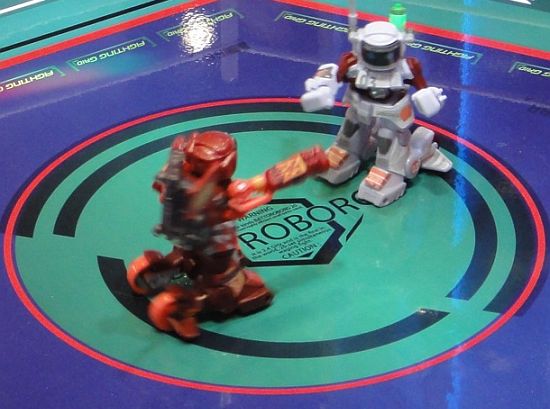Gone are the days when drones just used to swarm through the airwaves, as they now have made a foray into aqua arena also. Robots inspired by the cnidarians stingy squish, also known as jellyfish, have inspired the formation of a new breed of robots.
New might not be a proper word as the concept has been quite old and is being developed by researchers at the University of Texas in Dallas, the Providence College in Rhode Island, the University of California in Los Angeles, the Stanford University, and the Virginia Tech jointly for years. In fact only last year Robojelly was developed. It is a silicon-based tiny robot that moves by twirling motion and ejecting out water by its artificial muscular twist.
A whopping grant of $5 million has been offered by the U.S. Naval Undersea Warfare Center and the Office of Naval Research towards the research. The aim is to create automatic robots capable of underwater surveillance. Activities like oil spills or mapping the ocean floor can also be served by the minions. However Robojelly is too small and hence the need of a larger and more powerful upgrade was necessary.
The updated one is named Cyro. Boasting a length of five feet and seven inches, while weighing 170 pounds, it can carry substantial payload and stay underwater for months. Moreover, unlike Robojelly that requires a tether as power source, Cyro is self sufficient. Influenced by Cyanea capillata or “Lion’s mane”, it justifies its name, as the real organism is the largest in the world with a diameter exceeding eight feet.
According to the reports by Geek.com, the Cyro has a central water resistant carapace that resembles the umbrella of the jellyfish along with eight robotic limbs that can be stretched. Silicon is spread over the arms so that synthetic muscular contraction is possible. The stretching facilities are necessary for actual movement of the jellyfish. However Cyro is still not ready for action, and can survive a maximum of few hours on its nickel-metal hydride battery. But it won’t be long before the robot start dominating the sea.




